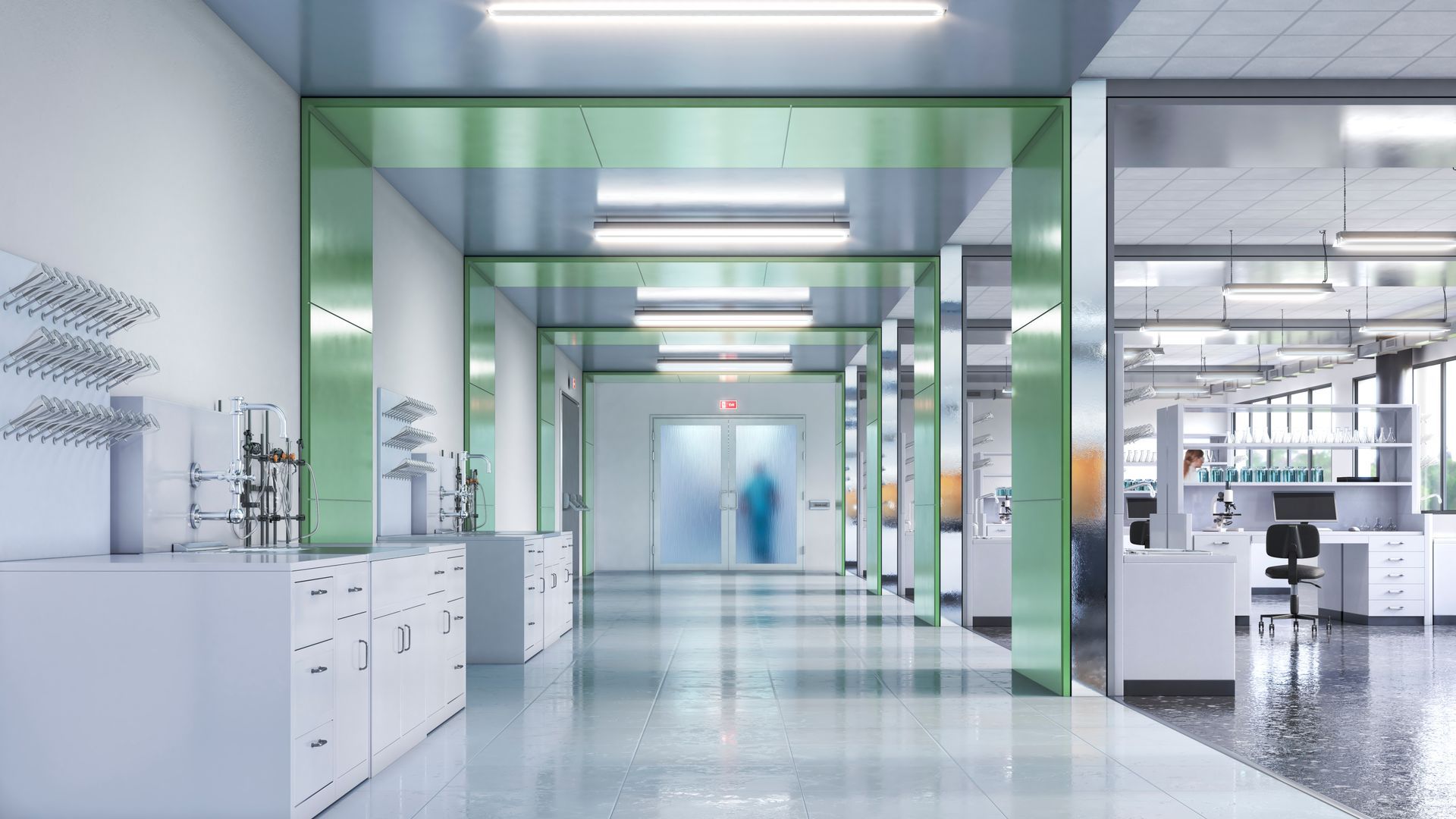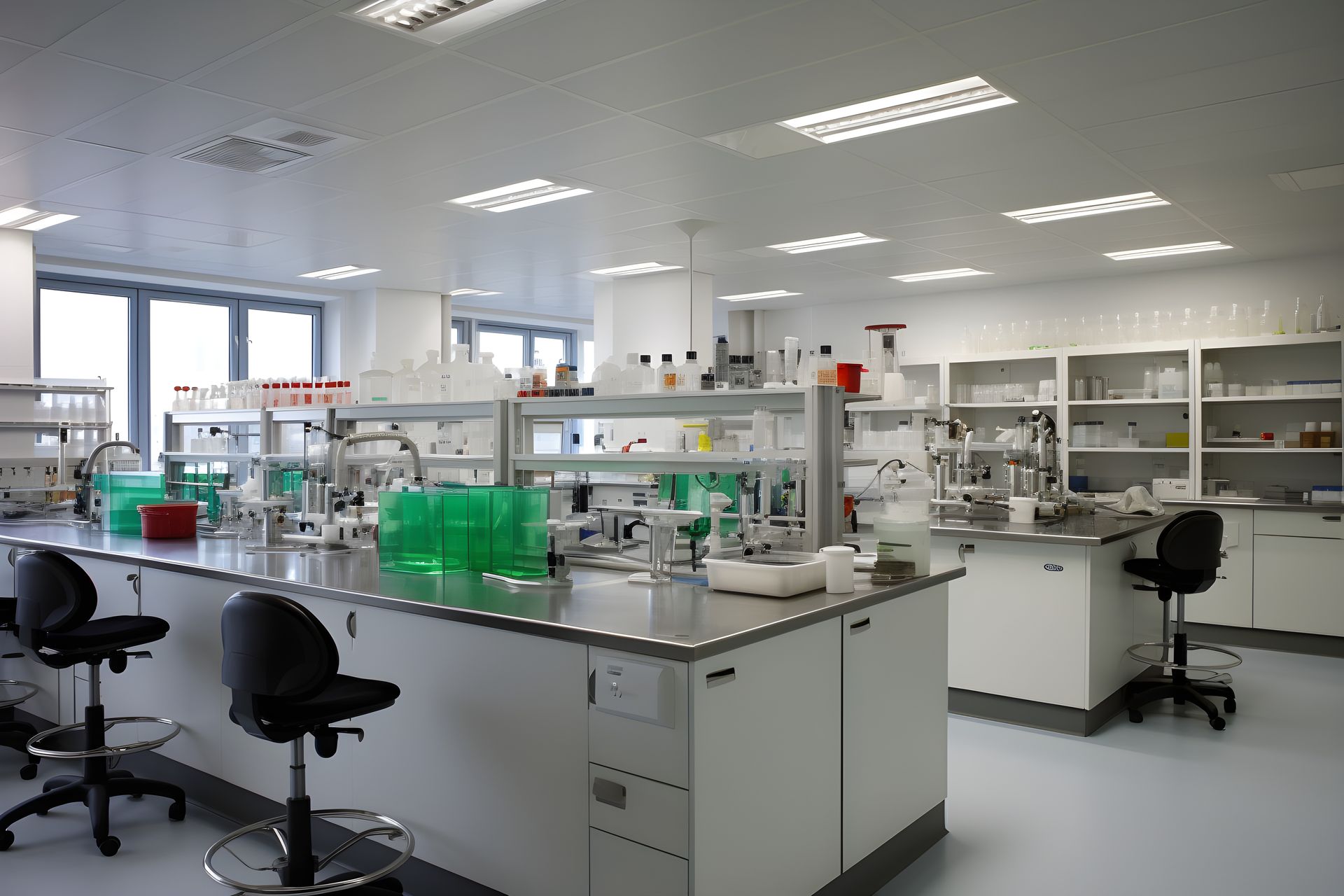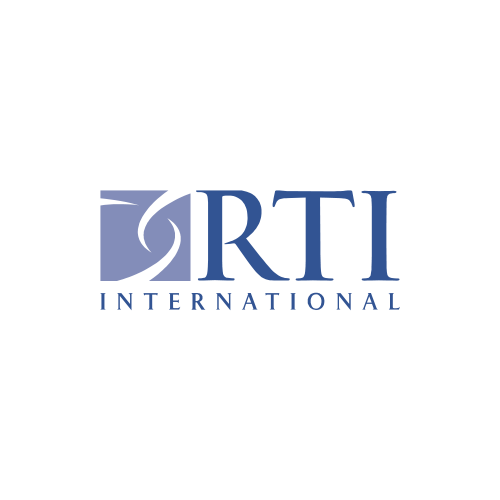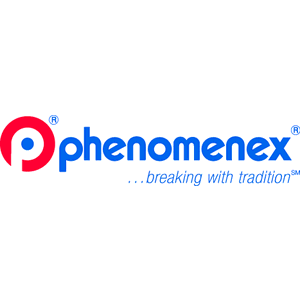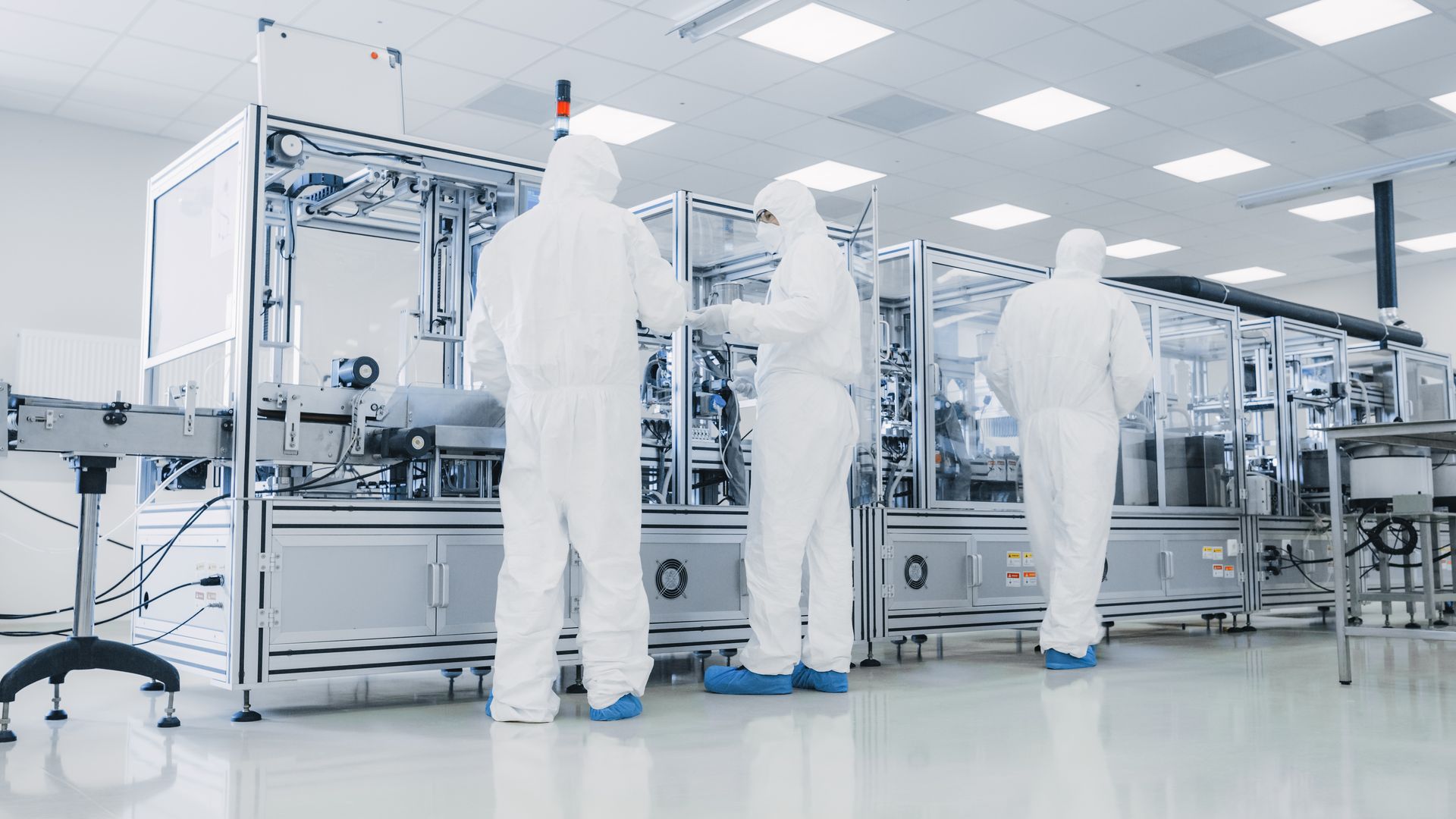Laboratory Equipment Planning
OUR CLIENTS
Laboratory Equipment Planning: What You Need to Know
Designing a new laboratory, relocating or moving into an existing space, requires more than a general idea where instrumentation is going to be placed in the lab. Though architectural and mechanical plans may exist, it demands detailed coordination around the equipment that drives research, operations, and long-term performance. Designing a laboratory is an extremely complex endeavor that requires a multitude of skill sets, foresight, organization, timing, and a deep understanding of the instrumentation and its function in the laboratory.
At Overbrook Support Services, we focus on aligning infrastructure, architectural and mechanical plans, timelines, and equipment requirements to ensure a successful outcome.
What Is Laboratory Equipment Planning?
Laboratory equipment planning involves identifying key areas of early equipment planning that offer a holistic approach for decision makers in designing and outfitting a laboratory. The risks of inadequate planning can negatively impact laboratory operations, utility, and return on investment cycle.
Equipment planning involves not only
identifying the instrumentation your lab requires but also determining where and how it will be sourced, managing delivery timelines, and ensuring that the necessary utilities and space are available to support its installation and ongoing use. Effective planning ensures that the lab is functional, efficient, and scalable from the outset.
Why Start Equipment Planning Early?
With proactive lab equipment planning from the outset of the decision-making process, lab management and other involved project constituents can make informed decisions that ensure a laboratory that is properly planned, designed, and highly functional throughout its life cycle.
Early engagement supports the proper layout of utilities, structural load capacities, and workflow design. It also minimizes the risk of costly redesigns or schedule delays.
What Factors Should You Consider in Laboratory Equipment Planning?
Key considerations include:
- Future staffing and scientific program growth
- Required bench space, chemical storage, and utility support
- Building access, freight elevator size, hallway widths, and temporary staging areas
- MEP readiness, including power, HVAC, plumbing, and vibration mitigation
- Coordination of equipment delivery, installation, and vendor support
- Staff readiness, training, and any interim downtime or testing requirements
Each of these elements affects overall lab performance and must be considered during planning.
Who Plays a Critical Role in Equipment Planning for Laboratories?
A successful plan requires collaboration across multiple disciplines. Core participants include lab management, scientific leads, facilities and EH&S teams, project managers, architects and engineers. Their combined input ensures all scientific, technical, regulatory, and operational factors are integrated into the design.
What Are the Risks of Delayed Equipment Planning Engagement?
Insufficient planning often results in misaligned infrastructure, missed deadlines, and budget overruns. Equipment may arrive that cannot be installed correctly, or installation may require unplanned construction. These risks can be avoided with proactive coordination by experienced planners.
What is the Role of Test Fits in Equipment Planning?
While equipment planning focusses on a comprehensive strategy that aligns lab design with functional needs,
laboratory test fits focus on spatial layout and utility provisioning to ensure umbilical support specific to operational requirements.
Why Partner with Overbrook for Laboratory Equipment Planning?
Overbrook Support Services delivers expert-level guidance throughout the lab planning process. Our team provides:
- Subject matter expertise and client representation with architects and project management
- Budgeting and procurement assistance
- Precise coordination between equipment needs and infrastructure requirements
- Vendor management and logistics oversight
- Proper planning that reduces downtime, delays and cost overruns
- Support for relocation, expansion, or new buildouts
Without proper equipment planning, labs risk costly redesigns, workflow disruptions, and reputational damage. Our goal is to eliminate those risks by ensuring every piece of equipment is accurately documented, delivered on time, and fully integrated with the infrastructure of the laboratory. This proactive approach helps avoid unplanned expenses and keeps your lab running efficiently from day one.
Juggling is for Circuses.Are you focusing on too many things and not on your science?
